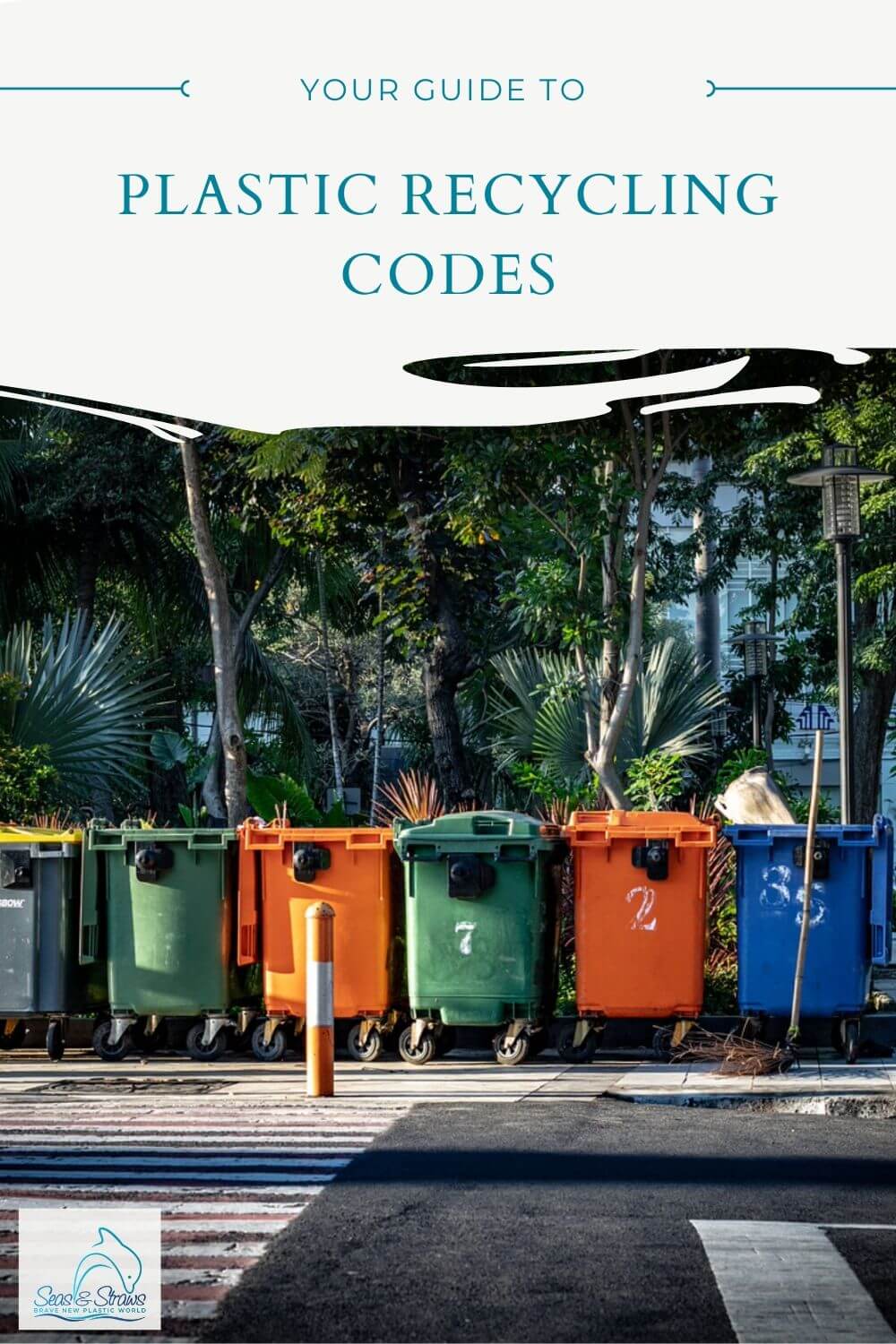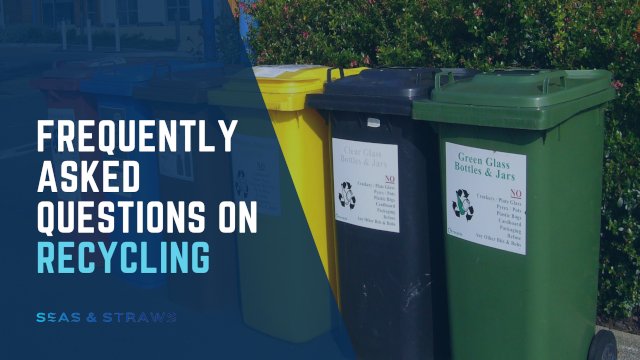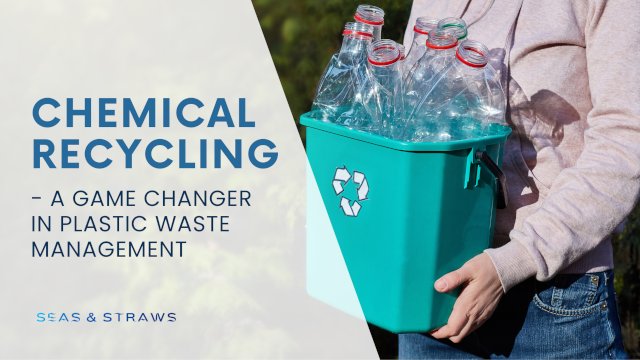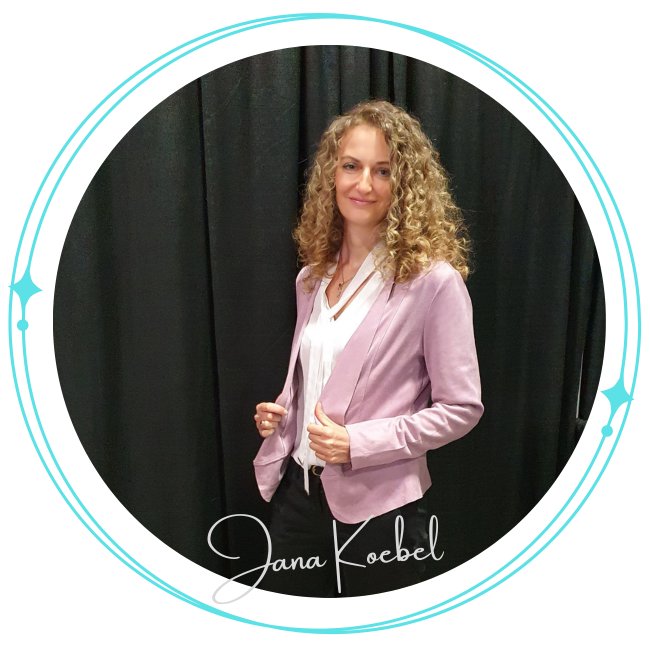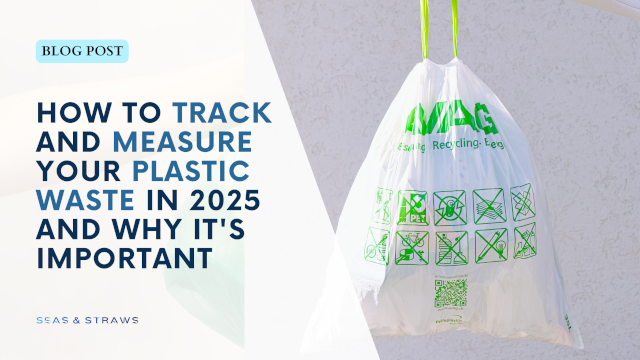- Home
- Plastic at Home
- Plastic Recycling Codes
- Composting 101
Composting 101: A Beginner's Guide to Sustainable Waste Management
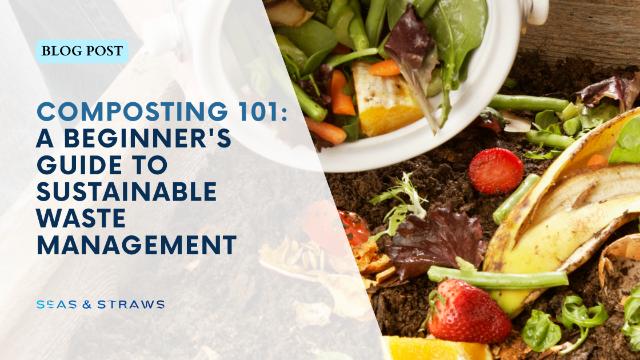
Our planet is slowly drowning in waste, and finding ways to deal with it isn't just important anymore, it's critical. By 2050, we're expected to be drowning in 3.8 billion tonnes of garbage annually – that's nearly DOUBLE what we produce today! The hidden costs of this overflowing trash can are astronomical, reaching trillions of dollars when you factor in pollution, health problems, and other factors.
Among the many strategies of waste reduction, composting stands out as a remarkably effective and environmentally friendly method. In this blog post, we will delve into the benefits of composting, explore its impact on waste management, and provide practical tips on how you can start composting at home. Here's your guide to Composting 101.
What is Composting?
Composting is the process of breaking down organic matter, such as kitchen scraps and yard waste, into a nutrient-rich soil amendment known as compost. This process occurs naturally with the help of microorganisms, fungi, and insects, which decompose the organic material over time. The result is a dark, crumbly substance that is teeming with beneficial nutrients and microorganisms that can greatly enhance soil health.
The Composting Process
1. Collection
The composting journey begins with the collection of organic waste. This includes:
- Fruit and Vegetable Scraps: Peels, cores, and leftover produce.
- Coffee Grounds and Filters: Used coffee grounds and paper filters.
- Eggshells: Crushed for quicker breakdown.
- Yard Waste: Grass clippings, leaves, and small branches.
- Paper Products: Newspaper, cardboard, and paper towels (if not contaminated with chemicals or oils).
Important Note: Avoid composting meat, dairy products, oily foods, and pet waste as they can attract pests, create unpleasant odors, and slow down the composting process.
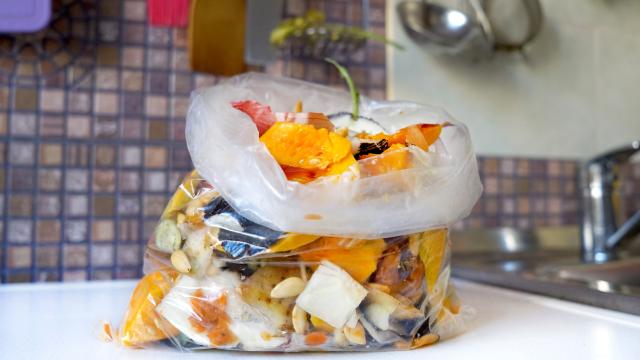
2. Preparation
Preparation involves breaking down larger pieces of organic matter to enhance the composting process:
- Chopping and Shredding: Cut or shred larger materials like branches and whole fruits into smaller pieces. This increases the surface area, allowing microorganisms to break down the material more efficiently.
- Crushing: Items like eggshells should be crushed to expedite their decomposition.
The goal is to create smaller, more manageable pieces that decompose faster and more uniformly.
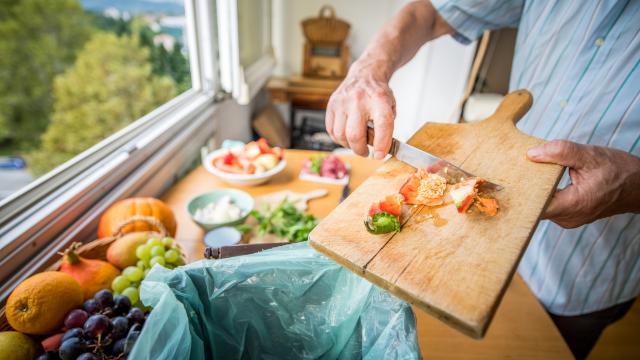
3. Mixing
A well-balanced compost pile requires a mix of green and brown materials:
- Green Materials (Nitrogen-Rich): These include fruit and vegetable scraps, coffee grounds, grass clippings, and fresh plant trimmings.
- Brown Materials (Carbon-Rich): Examples are dry leaves, straw, cardboard, and wood chips.
Balancing the Mix:
Aim for a ratio of about 2-3 parts brown materials to 1 part green materials. This balance ensures that microorganisms have the necessary nutrients to thrive and break down the organic matter efficiently.
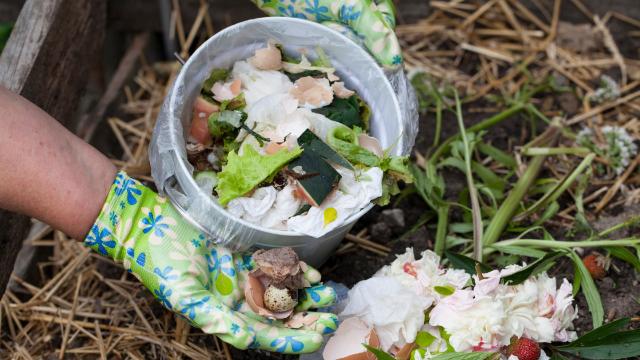
4. Aeration
Aeration is crucial for maintaining an oxygen-rich environment that supports aerobic microorganisms:
- Turning the Pile: Regularly turning the compost pile (every 1-2 weeks) introduces oxygen and prevents compaction.
- Using Tools: Use a pitchfork, compost aerator, or a similar tool to mix the materials thoroughly.
Proper aeration speeds up the decomposition process and minimizes odors associated with anaerobic (oxygen-poor) conditions.
5. Moisture Control
Maintaining the right moisture level is essential for composting success:
- Ideal Moisture Level: The compost should feel like a damp sponge—moist but not soggy.
- Watering: If the pile is too dry, add water as you turn the compost. During dry periods, you might need to water more frequently.
- Drainage: Ensure the compost pile has good drainage to avoid waterlogging, which can lead to anaerobic conditions and foul odors.
6. Decomposition
During this stage, microorganisms break down the organic materials into compost:
- Temperature: As microorganisms work, they generate heat. A well-maintained compost pile can reach temperatures between 130-160°F (55-70°C), which helps to kill pathogens and weed seeds.
- Shrinking Pile: Over time, the pile will shrink as materials break down and decompose.
Decomposition times can vary, typically ranging from a few weeks to several months, depending on the materials and conditions.
7. Harvesting
The final step is harvesting the finished compost:
- Appearance: The compost should be dark brown, crumbly, and have an earthy smell.
- Sifting: Use a screen or compost sifter to remove any large, undecomposed materials, which can be returned to the pile for further decomposition.
- Usage: The finished compost can be mixed into garden soil, used as mulch, or incorporated into potting mixes.
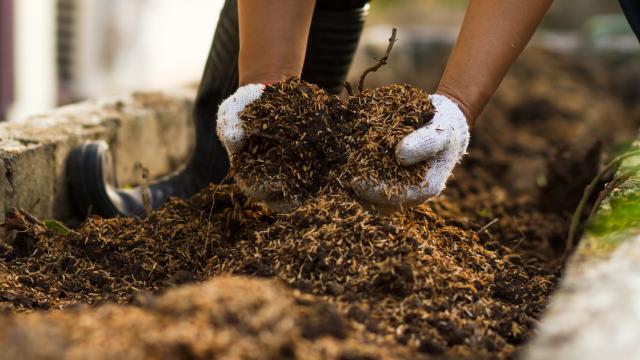
The Benefits of Composting
1. Reduces Waste in Landfills
One of the most significant benefits of composting is the reduction of organic waste sent to landfills. Organic waste makes up 28 percent of the waste stream, and when it decomposes in landfills, it produces methane, a potent greenhouse gas. Composting diverts this waste, reducing methane emissions and the overall burden on landfill sites.
2. Enhances Soil Health
Compost is often referred to as "black gold" for its ability to improve soil health. It adds essential nutrients to the soil, such as nitrogen, phosphorus, and potassium, which are vital for plant growth. Additionally, compost improves soil structure, water retention, and aeration, creating an optimal environment for plants to thrive.
3. Supports Plant Growth
The nutrients and beneficial microorganisms in compost help plants grow stronger and more resilient. Gardens and farms that utilize compost often experience higher yields and healthier plants. Compost also helps suppress plant diseases and pests, reducing the need for chemical fertilizers and pesticides.
4. Promotes Sustainable Waste Management
Composting is a simple and sustainable way to manage organic waste. It encourages individuals and communities to be more mindful of their waste and adopt environmentally friendly practices. By composting, we contribute to a circular economy where waste is seen as a valuable resource rather than a problem.
How to Start Composting at Home
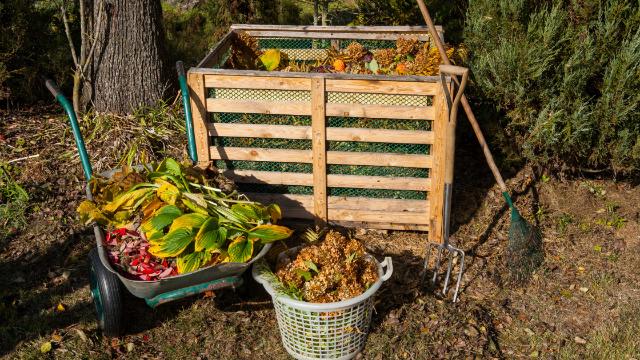
Starting a composting system at home is straightforward and requires minimal investment. Here are a few steps to get you started:
- Choose a Composting Method: There are several composting methods, including traditional compost bins, tumblers, and vermicomposting (using worms). Select a method that fits your space and lifestyle.
- Set Up Your Compost Bin: Place your compost bin in a convenient location with good drainage and partial sunlight. Ensure it is easily accessible for adding materials and turning the compost.
- Begin Adding Materials: Start layering green and brown materials in your compost bin. Turn the pile regularly and monitor the moisture level to ensure optimal decomposition.
- Be Patient: Composting is a gradual process. With regular maintenance, you’ll have rich compost ready to use in a few months.
You can learn more about how to start composting at home here.
Conclusion
Composting is a simple yet powerful practice that can significantly impact waste management and environmental sustainability. Whether you have a backyard garden or live in an apartment, there is a composting method that can work for you. Start composting today and join the movement towards a greener, more sustainable future.
